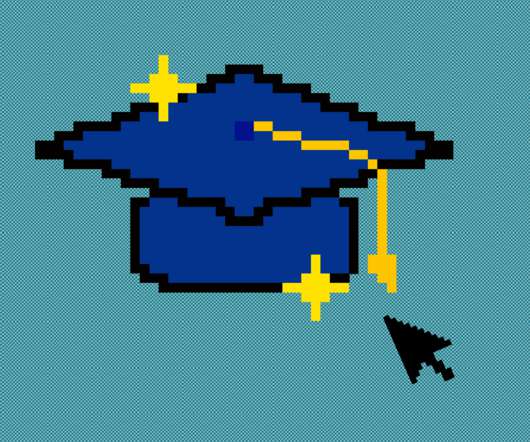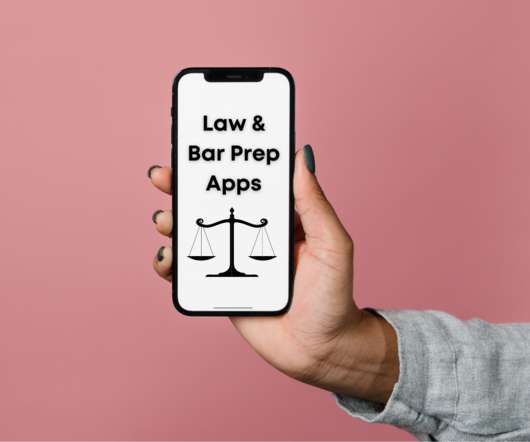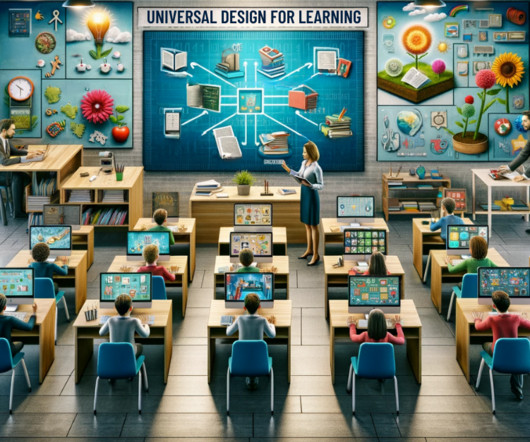Can Virtual Reality Improve Education?
EdTech4Beginners
NOVEMBER 8, 2017
Advancements in VR Technology. VR technology is increasing at a rapid pace, and with each new app, there is endless learning potential. The system is comprised of a peripheral camera originating from 2003, motion controllers first released in 2010, and a headset that emerged from a personal 3D theater in 2012.
























Let's personalize your content